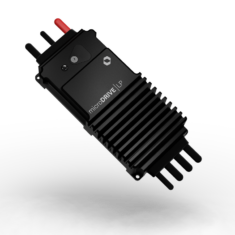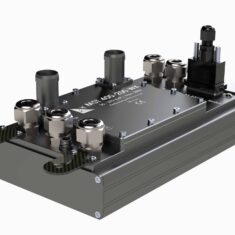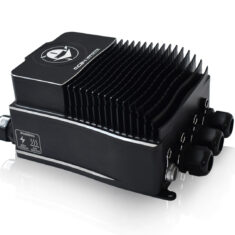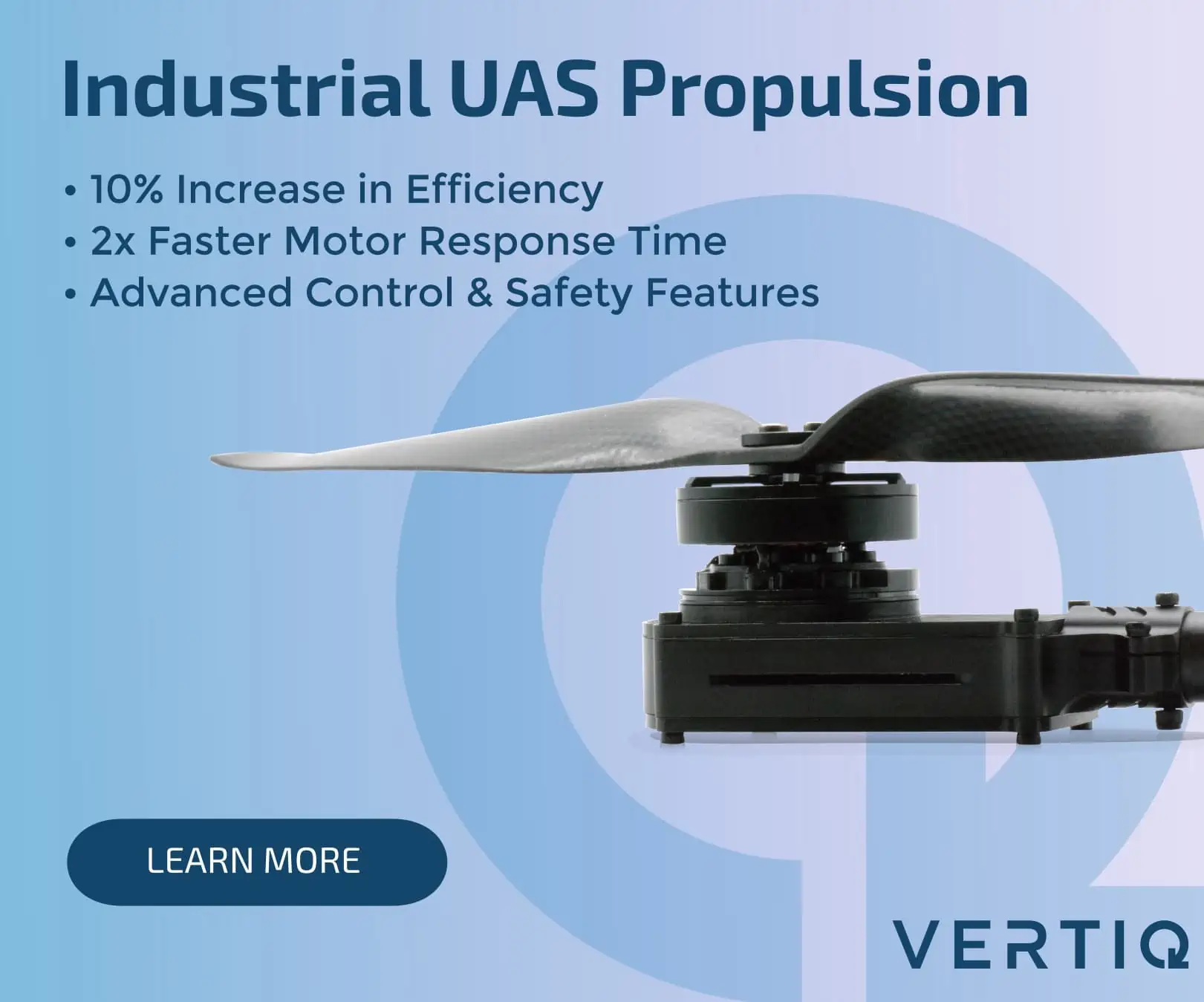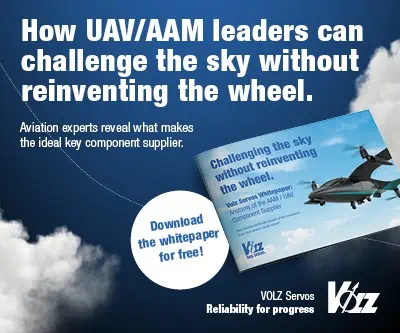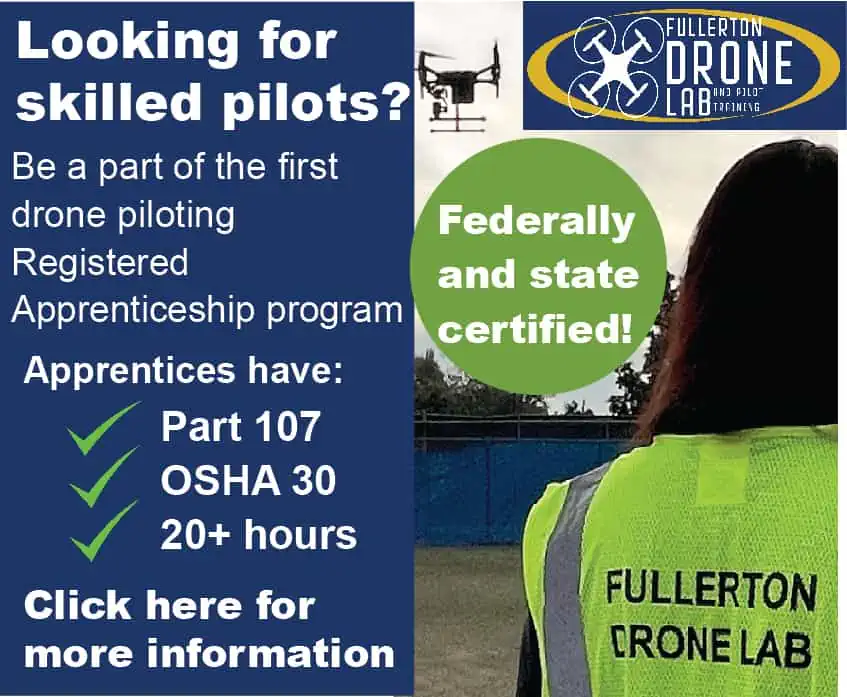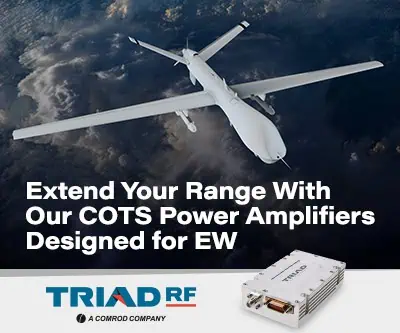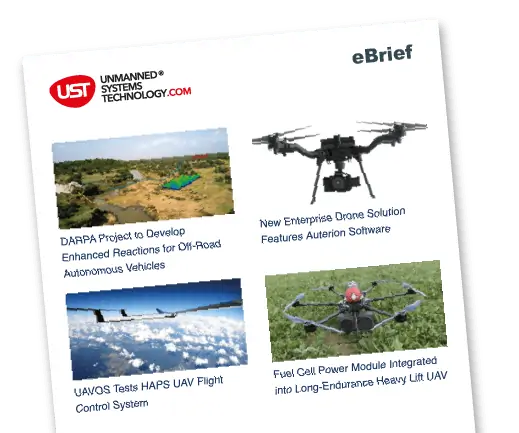Electronic speed controllers (ESCs) are devices that allow drone flight controllers to control and adjust the speed of the drone’s electric motors. A signal from the flight controller causes the drone ESC to raise or lower the voltage to the motor as required, thus changing the speed of the propeller.
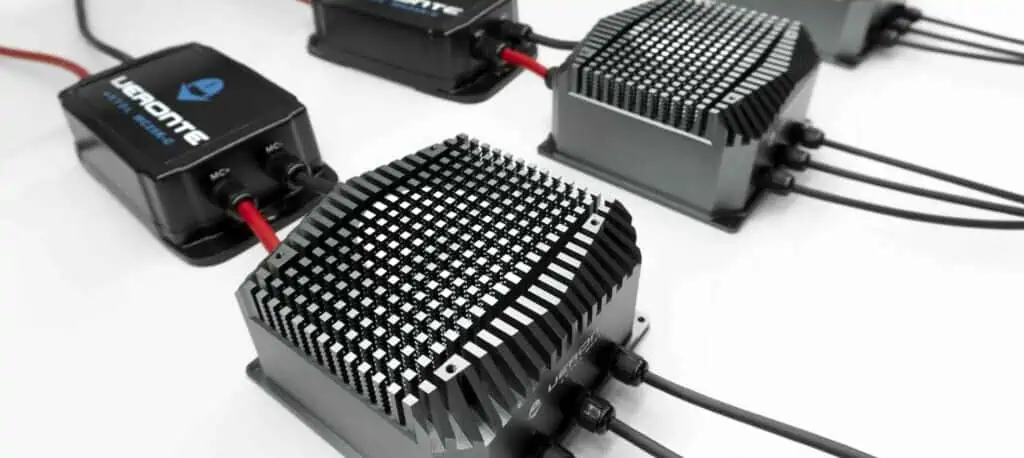
Embention’s eVTOL Electronic Speed Controllers for drones
ESC for Brushless Motor Drones
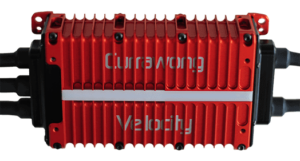
Currawong’s Velocity HT Brushless Motor ESC for Drones
Due to the differences in motor technology, different ESCs are required for drones with brushed motors and those with brushless motors. Multirotor drones may have an ESC for each rotor, or an integrated device that handles all the rotors with one system. Many drone Electronic Speed Controllers are designed as a system-on-chip (SoC), which means that all components, such as the microcontroller and power management unit, are integrated into a single module. This saves space and weight, making it an ideal solution for SWaP (size, weight and power) constrained drones and UAVs.
Electronic Speed Controllers for Quadcopters & Multirotor Drones
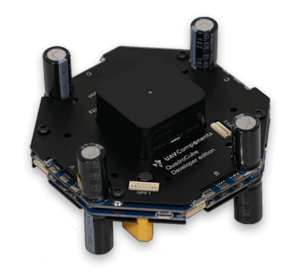
UXV Technologies’ QuadroCube – High-efficiency FOC ESC for UAVs
Electronic speed controllers for drones are typically rated for a maximum current. ESCs that can handle a larger current draw will usually be larger and heavier, which may be an important consideration for smaller UAVs. ESCs also have a refresh rate in Hertz, which is how many times a second the motor speed can be changed. Electronic speed controllers for quadcopters and other multirotor drones may have higher refresh rates, as their stability and manoeuvrability depends entirely on the balance of rotor speeds, and as such they require fine control over the motor RPM.
Electronic Speed Controls can also handle active or regenerative braking, a process by which a motor’s mechanical energy is converted into electrical energy that can be used to recharge the drone’s battery. During periods where the drone is decelerating, the motor can act as a generator, and the ESC handles the excess current that can be fed back into the battery.







